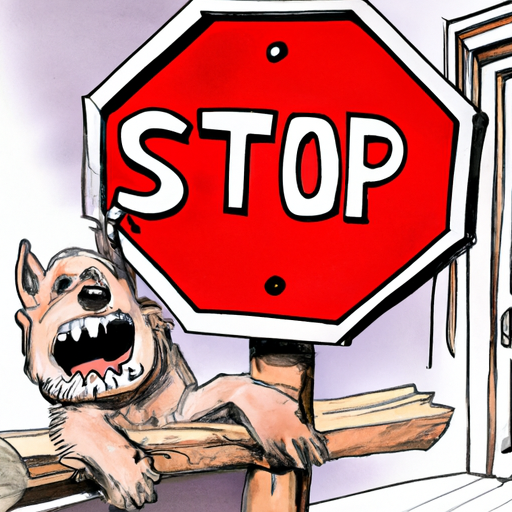As a caregiver, you know the importance of creating a safe and comfortable environment for everyone, including your canine companions. But what happens when your furry friend develops a taste for the furniture? This guide will explore five effective methods to curb this destructive behavior.
1. Understand the Cause of Chewing
Understanding why dogs chew can help you address the problem effectively. Chewing is a natural behavior for dogs, often linked to teething, boredom, anxiety, hunger, or lack of exercise.
- Teething: Puppies chew more when they are teething. This is a normal part of their development and helps them alleviate the discomfort.
- Boredom: Dogs, especially energetic breeds, need mental stimulation. Without it, they may resort to chewing.
- Anxiety: Dogs often chew when they are anxious or stressed. This could be due to separation anxiety or changes in their environment.
- Hunger: A dog on a diet might start chewing on non-food items to compensate for the lack of food.
- Lack of Exercise: Dogs with excess energy may resort to destructive behaviors like chewing.
2. Provide Chew Toys and Treats
A simple and effective way to keep your dog’s teeth off the furniture is to provide them with plenty of chew toys and treats.
- Chew Toys: Choose toys that are durable and appropriate for your dog’s size and chewing strength. Kong toys, Nylabones, and durable rubber toys are great options.
- Edible Treats: Bones, bully sticks, and dental chews can keep your dog occupied for hours.
Remember to rotate the toys and treats to keep your dog interested.
| Type | Examples |
|---|---|
| Chew Toys | Kong toys, Nylabones |
| Edible Treats | Bones, Bully sticks, Dental chews |
3. Use Deterrent Sprays
Deterrent sprays can be an effective solution to stop your dog from chewing furniture. These sprays have a bitter taste that dogs dislike, discouraging them from chewing on sprayed items.
4. Training and Positive Reinforcement
Training your dog to understand the ‘leave it’ command can be a powerful tool. Reward your dog for obeying this command with treats or affection. This method encourages positive behavior instead of punishing the negative, leading to better long-term results.
5. Regular Exercise and Mental Stimulation
Remember, a tired dog is a good dog. Regular exercise and mental stimulation can significantly reduce your dog’s desire to chew on furniture.
FAQ
Q: How long does teething last in puppies?
A: Puppies start teething at around 3-4 weeks of age and finish by around 6-7 months.
Q: Can I use home remedies as deterrent sprays?
A: Yes, some home remedies like a mix of vinegar and water can act as deterrents.
Q: How much exercise does my dog need?
A: It varies depending on your dog’s breed, age, and health. Generally, dogs should get at least 1 hour of exercise each day.
Q: My dog continues to chew furniture even after trying these methods. What should I do?
A: If destructive chewing continues, it might be wise to consult with a professional dog trainer or a vet to rule out any underlying issues.
Remember, being patient and consistent is key when dealing with your dog’s chewing behavior. Happy training!



